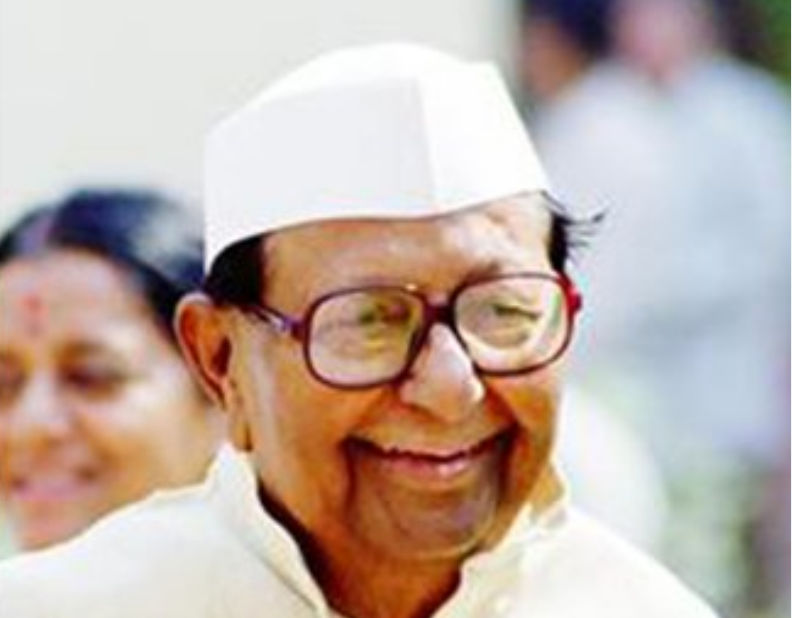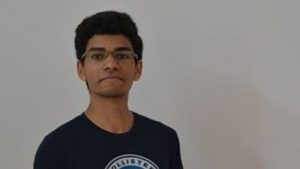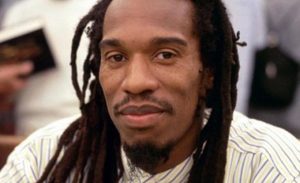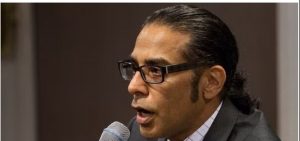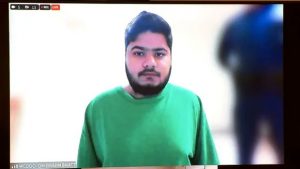Congress, the party of India’s freedom struggle, will have a new president on Wednesday, October 19. Mallikarjun Kharge, an 80-year-old veteran leader from Karnataka, and Shashi Tharoor, a UN diplomat-turned politician, are the two contestants in the race to replace Sonia Gandhi, Congress’ longest-serving president. The 2022 Congress president elections signal a dynamic shift as well as a last-ditch attempt by India’s principal opposition party to command a space in India’s polity, a space that has shrunk significantly since Narendra Modi stormed to power in 2014.
Sitaram Kesri was Congress’ last non-Gandhi president. The leader of the Bihar Congress, a man who had been with the party since the independence struggle, had a difficult time at the helm of affairs of the party at a moment of immense flux in the Indian national narrative. So, who was Sitaram Kesri and why is he significant when Congress is electing the next non-Gandhi chief.
Who was Sitaram Kesri?
Sitaram Kesri was born on November 15, 1919. At the young age of 13, Kesri jumped headlong into India’s freedom movement, thus beginning an association that would last nearly seven decades, but end in humiliation.
Between 1930 and 1942, the Gandhian era of India’s independence struggle, Kesri was arrested by the British Indian government several times. He was among Bihar Congress’ young turks. His contemporaries – Bindeshwari Dutta, Bhagwat Jha Azad, Chandrashekhar Singh, Satyendra Narayan Sinha, Kedar Pandey and Abdul Gafur, all went on to become chief ministers of Bihar.
Sitaram Kesri was elected president of the Bihar Congress in 1973 and treasurer of the All India Congress Committee (AICC) in 1980.
In 1967, Kesri was elected member of Parliament (Lok Sabha) from Bihar’s Katihar constituency. He subsequently moved to the Rajya Sabha where he was a member for five terms from July 1971 to April 2000. Kesri was a Union minister during the Congress governments of Indira Gandhi, Rajiv Gandhi and PV Narasimha Rao.
Kesri as Congress president
PV Narasimha Rao stepped down as the president of the Congress party in September 1996. Sitaram Kesri took the place left by the former prime minister and the executive head of India’s liberalisation. Despite his experience in politics, Sitaram Kesri was never immensely popular among the masses. This reflected in his functioning and eventually his performance.
Kesri’s two years as Congress president saw the party suffer. His most controversial decision was to suddenly withdraw support from the HD Deve Gowda-led Union Front government. This led to the fall of the Union government in 1997. Later however, a compromise was reached and Congress resumed support of a United Front government led by Inder Kumar Gujral or IK Gujral.
However, even peace was short-lived. In 1977 itself, the Jain Commission report indicted Dravida Munnetra Kazhagham (DMK) in the assassination of former Prime Minister Rajiv Gandhi. DMK was part of the United Front. Kesri stressed upon Gujral to remove the three members of DMK who were part of the cabinet, but Gujral did not relent.
This resulted in the Congress withdrawing support. Midterm elections were called and the grand old party was caught unprepared. The Congress was reduced to 140 seats, a figure not surprising now, but devastating in the yesteryears. While the elections were lost, the midterm polls signalled the emergence of another leader – Sonia Gandhi, Rajiv Gandhi’s wife who was born and raised in Italy.
Large crowds gathered wherever Sonia went. While the support for her did not reflect in numbers, Kesri’ s days at the helm of Congress’ affairs certainly became numbered. In what critics have called an internal coup, the Congress, chiefly led by Pranab Mukherjee, stripped Sitaram Kesri of the president’s position. Sonia Gandhi became Congress president.
On May 19, 1999, Sitaram Kesri was roughed up by Congress workers during tensions that led to a split within the party and the eventual formation of the Sharad Pawar-led Nationalist Congress Party (NCP)
Sitaram Kesri died on October 24, 2000, 80 years old.

